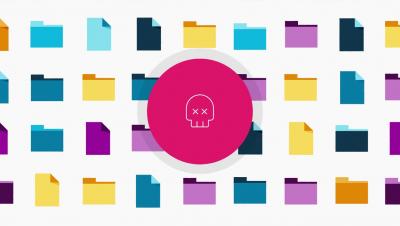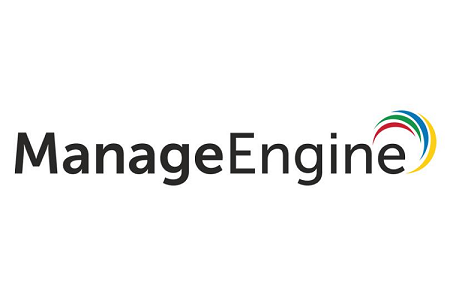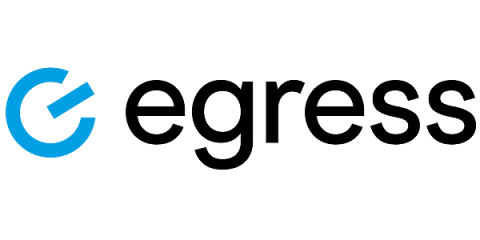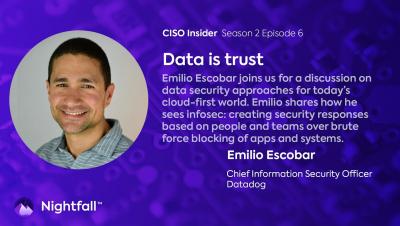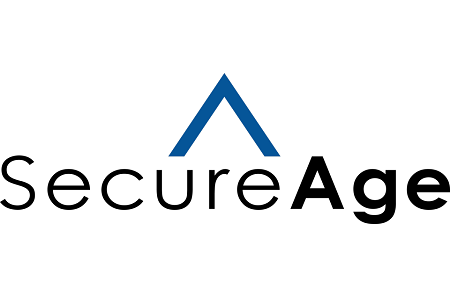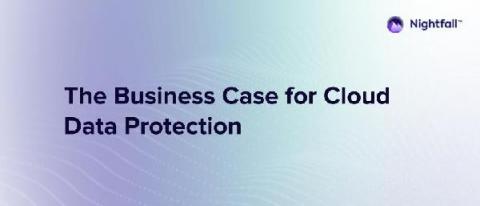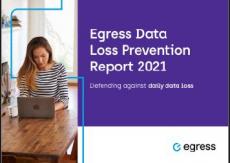Security | Threat Detection | Cyberattacks | DevSecOps | Compliance
August 2021
Ensure data security and compliance in Slack Connect with Nightfall
Slack as a product is constantly expanding with new functionality and integrations. Slack Connect is among the most popular new features Slack introduced in the past year and is growing in popularity because it’s an easy way to stay connected with people you work with outside your organization — in real time with all the features that Slack offers. As new improvements or upgrades for Slack are released, data security and compliance should be a top concern for your teams.
Introducing Zero Trust Data Management
7 Strategies to Keep Business Data Secure
Avant secures information in SaaS environments with Nightfall DLP
Compliance & securing PHI is easy for Capital Rx with Nightfall DLP
Five worthy reads: Differential privacy-what it means for businesses
Five worthy reads is a regular column on five noteworthy items we’ve discovered while researching trending and timeless topics. In this edition, we explore one of the evolving privacy-enhancing techniques called differential privacy and how it’s being leveraged by organizations to safeguard sensitive data from being exposed. Cutting-edge technologies based on artificial intelligence and machine learning have been gaining traction in recent years.
How to influence compliance as a DPO (without making your colleagues cry!)
Data protection has matured incredibly over the last 10 years. The ‘privacy industry’ has gone through a metamorphosis not seen in many other disciplines. Now, as we reflect on the organisational changes the pandemic introduced, we must recognise that being able to quickly access and share accurate data is critical to every business’ success – regardless of where employees are working from.
CISO Insider - S2E6 - Data is trust with Emilio Escobar
5 Types of Social Engineering Attacks and How to Mitigate Them
Social engineering is a type of cyber attack that targets people to gain access to buildings, systems, or data. Social engineering attacks exploit human vulnerabilities to get inside a company’s IT system, for instance, and access its valuable information. Social engineering is one of the most common— and successful— forms of cyber attack. Social engineering attacks are constantly evolving, but they generally follow five main approaches.
7 Indicators of Compromise: The Essential List for Breach Detection
Indicators of compromise are the red flags of the information security world. These helpful warnings allow trained professionals to recognize when a system may be under attack or if the attack has already taken place, providing a way to respond to protect information from extraction. There are many indicators of compromise, depending on the type of threat.
Privacy in Q2: In Like a Lion, Out Like a ... Lion
For a while, privacy in Q2 was looking like it would follow the season’s idiomatic rule: in like a lion, out like a lamb. But it came roaring back in June with a new U.S. state law, EU adequacy decisions, a new EU data transfer mechanism, and more. As we look back over the second quarter of 2021, several important developments are worth noting.
Remote learning: A bounty for online cyberattackers
On 26 April 2020, 189 countries across Asia, Europe, the Middle East, North America, and South America shut down schools marking one of the largest mass school closures in history. But today, more than a year since COVID-19 forced entire cohorts online, economies continue to flit in and out of lockdowns and schools are continuing to resort to remote or hybrid-learning arrangements.
NC Protect for Microsoft 365 and SharePoint Advanced Information Protection & Compliance
NC Protect for Nutanix Files
NC Protect for Teams Simplified Security and Access Provisioning Demo
SecureAPlus - 12 Antivirus Engines in One Application
Telemedicine: New Risks Born Out of Necessity
COVID-19 has severely tested the limits of our healthcare systems, pushing many hospitals to the brink of manpower and technological collapse. In fact, the pandemic has demonstrated just how quickly public health can unravel once healthcare systems reach their maximum capacity. These pressures have hastened the development of telemedicine, pushing the once-distant goal to the centre of the agenda for healthcare institutions across the globe.
Data recovery - everything you need to know
It is commonly accepted that Data is the lifeblood of every business. Unless of course, your company still does bookkeeping with pen and paper? If not, the chances are that the day-to-day operations of your business cannot function without Data. Data lasts forever and is being used in ways we can’t even imagine - almost every device is a computer producing data these days.
How to Comply with Facebook's New Data Protection Assessment
Recently, Facebook announced a new initiative aimed at protecting how its users’ data is managed across its platforms: the Data Protection Assessment. The assessment consists of a questionnaire for apps that access advanced permissions and specifically focuses on how developers protect, share and use platform data.
The risks of spreadsheet complacency
Where would we be without our beloved Excel spreadsheets? Since Microsoft first launched its Excel spreadsheet software in 1985, it has grown to arguably become the most important computer program in workplaces globally. The spreadsheet has truly become entrenched in daily business processes as well as critical applications - but the million dollar question is - are spreadsheets secure? Unfortunately when it comes to spreadsheet security, with popularity comes complacency.
Langs Building Supplies Defeated Ransomware with Rubrik
Developing Secure Web Applications: 6 Best Practices
When businesses think about maintaining cybersecurity, the first thing that comes to mind is often endpoint and network security. However, web application security is becoming increasingly important. There have been numerous high-profile attacks on web applications in recent years; in 2020, for instance, the Twitter accounts of famous people were compromised as part of a bitcoin scam.
Cloud Data Protection: What You Need to Know
It’s no surprise that cloud adoption continues to be a major force impacting organizations today. A 2020 McKinsey survey indicated that many organizations saw several years worth of digital transformation take place in 2020. An IDG survey, which we referenced in our Securing Best of Breed SaaS Applications webinar, suggested that 95% of organizations expect to be partly or fully in the cloud by the end of 2021, with almost half the applications used by their workforce being SaaS or open source.
CISO Insider - S2E5 - A Community of cybersecurity with Michelle Valdez
Protecting unstructured data
Before we zoom in on the problems with unstructured data in the finance industry, let’s take a step back and look at the massive proliferation of data in general. Did you know, around 59 zettabytes (ZB) of data – that’s 59 with 21 zeros after it – were expected to be created, captured, copied and consumed in the world, according to Global DataSphere from International Data Corporation ( IDC)? That’s a lot of data!
IT analytics in 90 seconds: Monitor disk encryption to prevent data theft
Cloud antivirus - How essential is it for your business?
Cloud-based solutions are the holy grail for the modern day business. The convenience of being able to access enterprise data and tools any time, any place, and from any device has been a key ingredient for business success - particularly if you’re in the middle of a global pandemic. But, there are plenty of unspoken risks that come with the use of an always-connected workforce.
PKI encryption - a crash course
With work-from-home now the default mode in most industries, organisations and employees now have to access and transfer files across home networks and personal devices on a daily basis. Naturally businesses are concerned as leaked files can have serious financial and legal repercussions.




